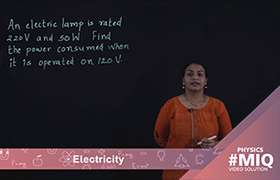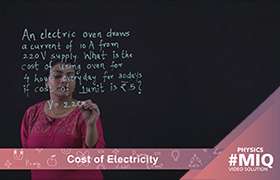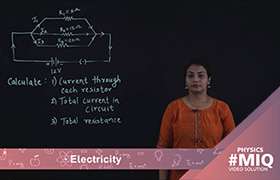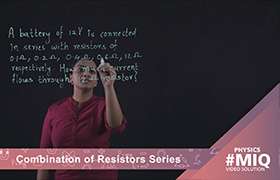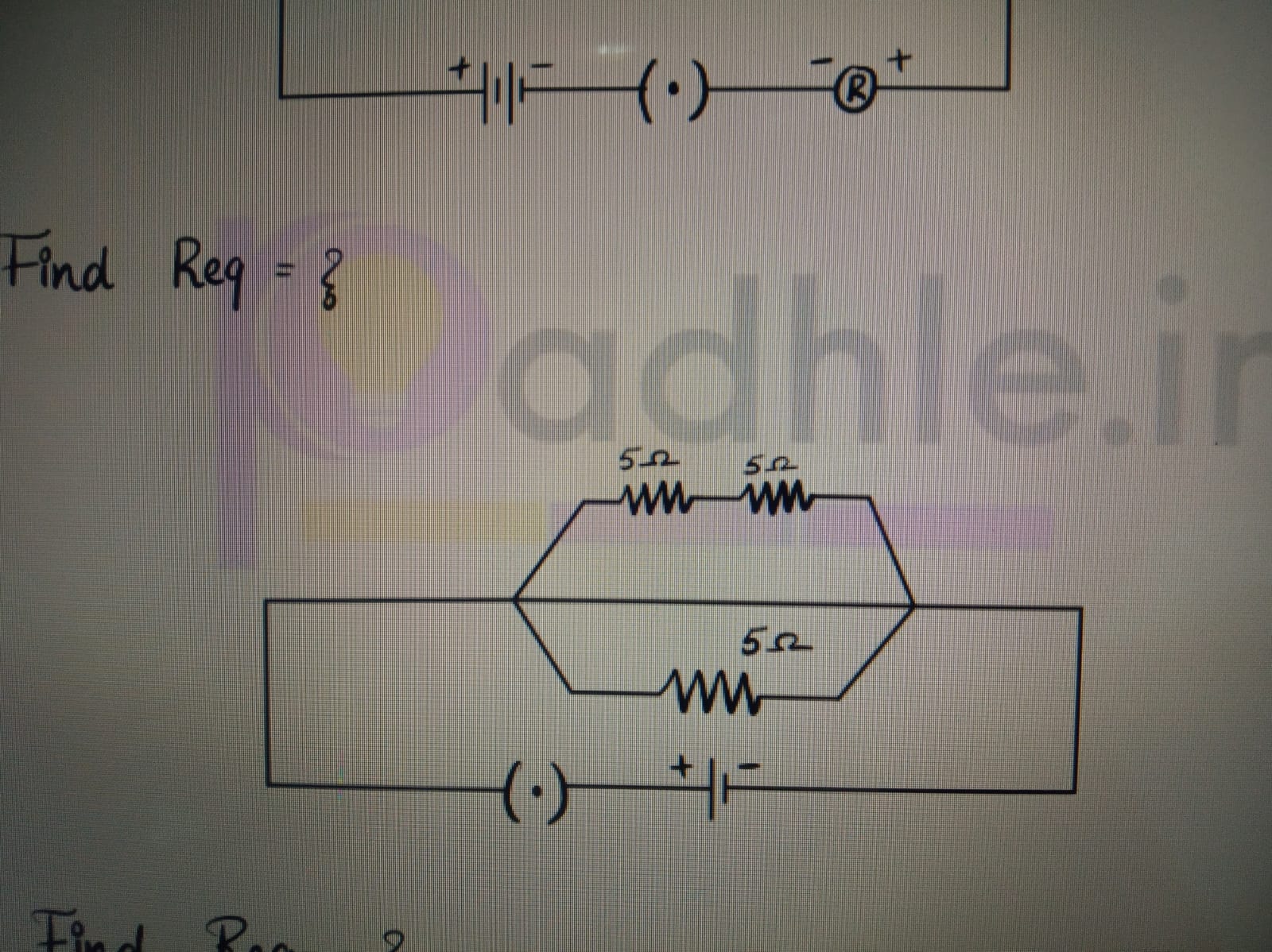CBSE Class 10 Answered
A wire of uniform cross -section and length l has a resistance of 4ohm . The wire is cut into 4 equal pieces. Each piece is then stretched to length 'l'.Thereafter the 4 wires are joined in parallel. Calculate the net resistance.
Asked by mkvinvestments6 | 20 Jul, 2015, 09:30: PM
Resistance of a material depends upon the nature of material, length of the wire and the area of cross section.
Let the resistivity of the material be  ,length of the wire be l and the area of cross section be A.
,length of the wire be l and the area of cross section be A.
 ,length of the wire be l and the area of cross section be A.
,length of the wire be l and the area of cross section be A.
Now the wire is cut into four equal pieces and stretched to the initial length l.
When we stretch it the new length of the wire will be the same of each piece but the area will get reduced to one-fourth.
l'=l

Now connect the four pieces in parallel, the equivalent resistance will be,

Thus, the net resistance will be the same.
Answered by Faiza Lambe | 21 Jul, 2015, 08:04: AM
Application Videos
Concept Videos
CBSE 10 - Physics
Asked by kamalaranjanmohantymohanty5 | 06 Jan, 2024, 10:05: AM
CBSE 10 - Physics
Asked by nandhikasugumar | 05 Oct, 2023, 04:01: PM
CBSE 10 - Physics
Asked by daniya062008 | 02 Oct, 2023, 08:25: PM
CBSE 10 - Physics
Asked by prassanna.j | 03 Sep, 2023, 12:28: PM
CBSE 10 - Physics
Asked by prassanna.j | 03 Sep, 2023, 12:21: PM
CBSE 10 - Physics
Asked by prassanna.j | 03 Sep, 2023, 12:11: PM
CBSE 10 - Physics
Asked by prassanna.j | 28 Aug, 2023, 09:49: PM
CBSE 10 - Physics
Asked by praveenkumae975 | 06 Feb, 2023, 07:19: PM

